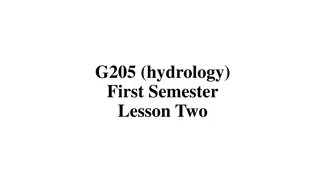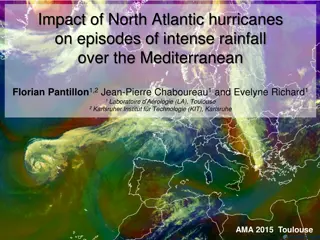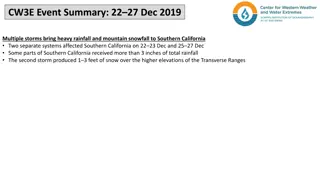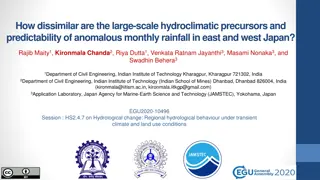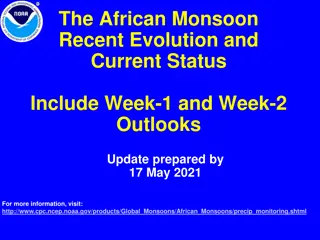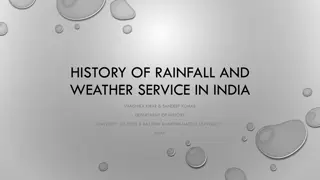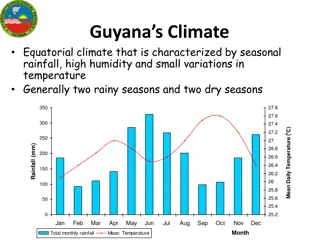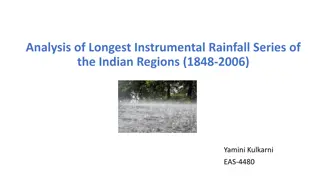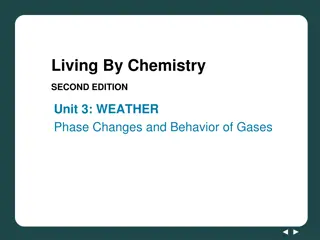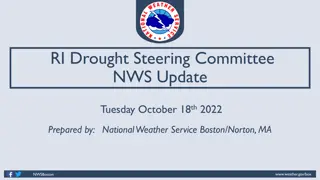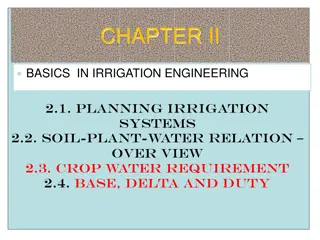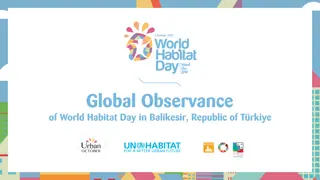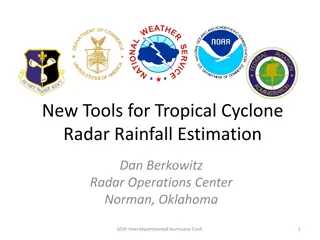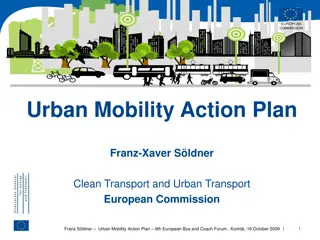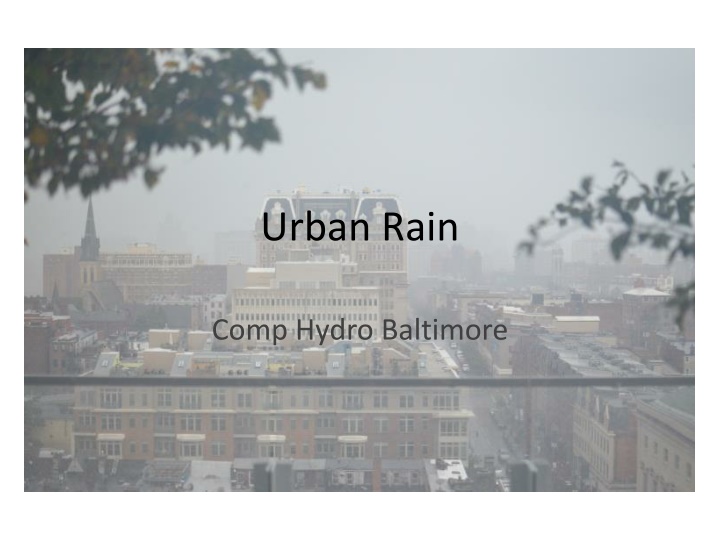
Urban Rainfall and its Impact: Exploring Causes in Baltimore
Investigating the phenomenon of urban rainfall in Baltimore, this content delves into the factors contributing to increased rain within cities compared to surrounding areas. The three main hypotheses - Heat Island Effect, City Structure, and Aerosols - shed light on the complex interplay between urban environments and weather patterns. Through visuals and explanatory text, the content highlights how factors like unstable air, city structures, and aerosol particles play a role in creating urban rain.
Download Presentation

Please find below an Image/Link to download the presentation.
The content on the website is provided AS IS for your information and personal use only. It may not be sold, licensed, or shared on other websites without obtaining consent from the author. If you encounter any issues during the download, it is possible that the publisher has removed the file from their server.
You are allowed to download the files provided on this website for personal or commercial use, subject to the condition that they are used lawfully. All files are the property of their respective owners.
The content on the website is provided AS IS for your information and personal use only. It may not be sold, licensed, or shared on other websites without obtaining consent from the author.
E N D
Presentation Transcript
Urban Rain Comp Hydro Baltimore
What Creates Rain? Three basic ingredients: Unstable Air warm air surrounded by cooler air Lift something to raise warm air from the ground into cooler air above Moisture
Urban Rainfall Scientists have long suspected that cities were causing more rain to fall than their surrounding areas. Why? Fans run for cover as rain pours over Camden Yards
Urban Rainfall Three hypotheses: 1. Heat Island Effect 2. Structure of Cities 3. Aerosols Lightening strikes over Baltimore City (source: Just In Weather)
Urban Heat Island Increased city temperatures may provide a source of unstable air NASA images by Robert Simmon, based on data from the National Land Cover Database and Landsat 7
Physical Structure of Cities Cities may disrupt flow of air over Earth s surface Buildings create chaos in air flow Tall buildings cause air to converge or pile up
Aerosols Water vapor condenses around particles to form rain Sources of aerosols predominantly from vehicle emissions Factory emissions Wood smoke
Source NASA s Earth Observatory https://earthobservatory.nasa.gov/features/Urba nRain/urbanrain2.php



